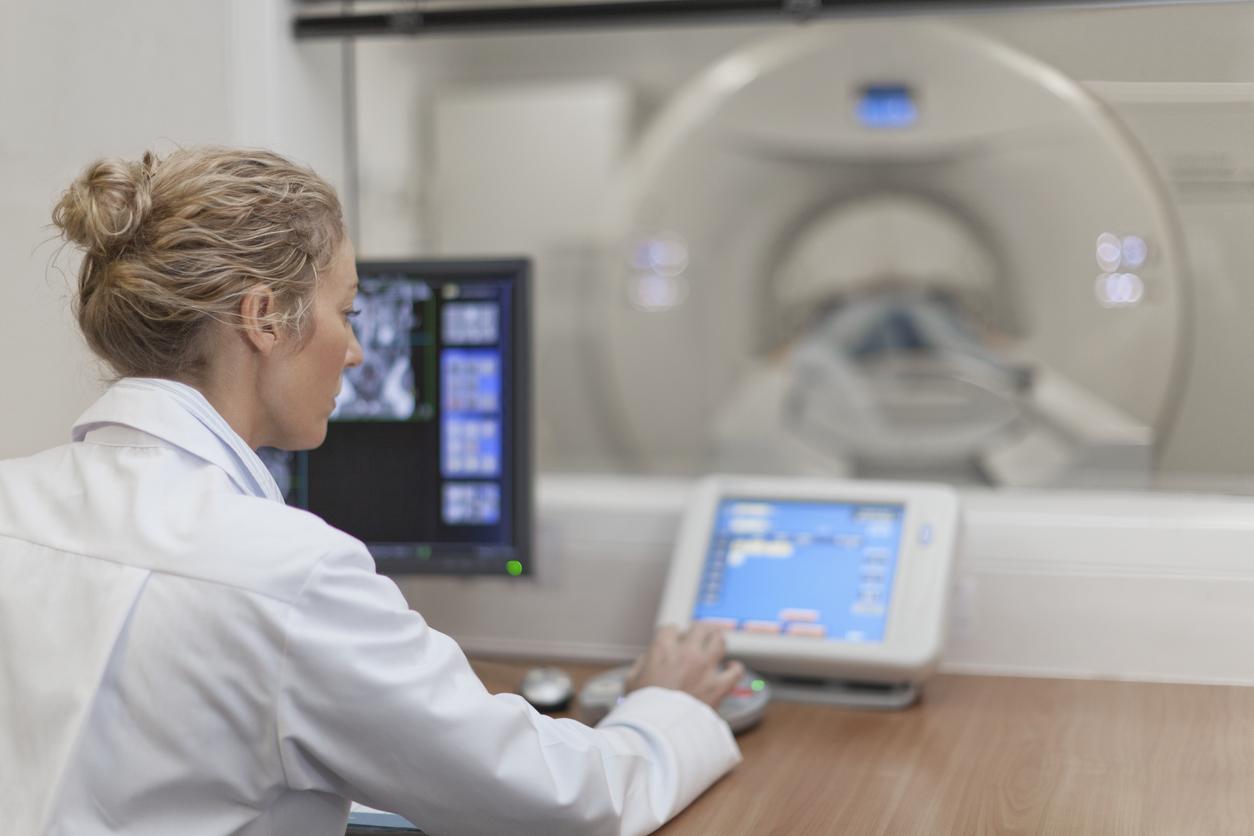A flat head position before surgical removal of a blood clot in the brain may lead to better results.

- A thrombectomy aims to remove a clot and restore blood flow in cases of ischemic stroke due to occlusion of large vessels.
- Positioning the head at 0 degrees before this operation optimizes blood flow to the brain.
- Patients, whose heads remained flat before surgery, had improvements in clinical stability and neurological function.
In cases of ischemic stroke due to occlusion of large vessels, a blockage of a major artery in the brain occurs. In this situation, a thrombectomy is necessary. This procedure aims to remove the blood clot to restore blood flow and reduce the risk of death or permanent brain damage, including potential loss of neurological functions.
In a recent studyresearchers from the University of Tennessee in Memphis (United States) had the idea of evaluating the role of head positioning before surgery in patients. “Currently, hospital beds for people with stroke awaiting thrombectomy are typically placed with the head of the bed at a 30-degree angle, or a slight tilt,” said Anne W. Alexandrov, who led the work.
Stroke: keeping your head flat to preserve brain functions
To carry out their research, the team used the National Institutes of Health Stroke Scale, which measures consciousness, vision, speech, motor strength and sensory loss, to assess adults who had suffered an accident. Acute ischemic stroke with occlusion of large vessels. It compared whether the condition of the 92 recruited patients remained stable or worsened depending on whether they were randomly set to 0 degree or 30 degree head positioning before thrombectomy. Participants were scored every 10 minutes until surgery was performed, with a final score assessed just before being placed on the operating table.
According to the results, presented at an American Stroke Association International Stroke Conference in Phoenix, positioning the head at 0 degrees before thrombectomy resulted in greater stability and/or clinical improvement compared to a head positioning at 30 degrees. The authors found that 24 hours after surgery and 7 days after discharge, patients whose heads were positioned at 0 degrees had fewer neurological deficits.
Laying your head flat helps “optimize blood flow to the brain”
“Our study suggests that gravitational force may play an important role in temporarily improving blood flow while patients await thrombectomy. Zero-degree head positioning is a safe and effective strategy for optimizing blood flow to the brain until surgery can be performed, and it should be considered the standard of care for stroke patients before surgery,” explained Anne W. Alexandrov.


















